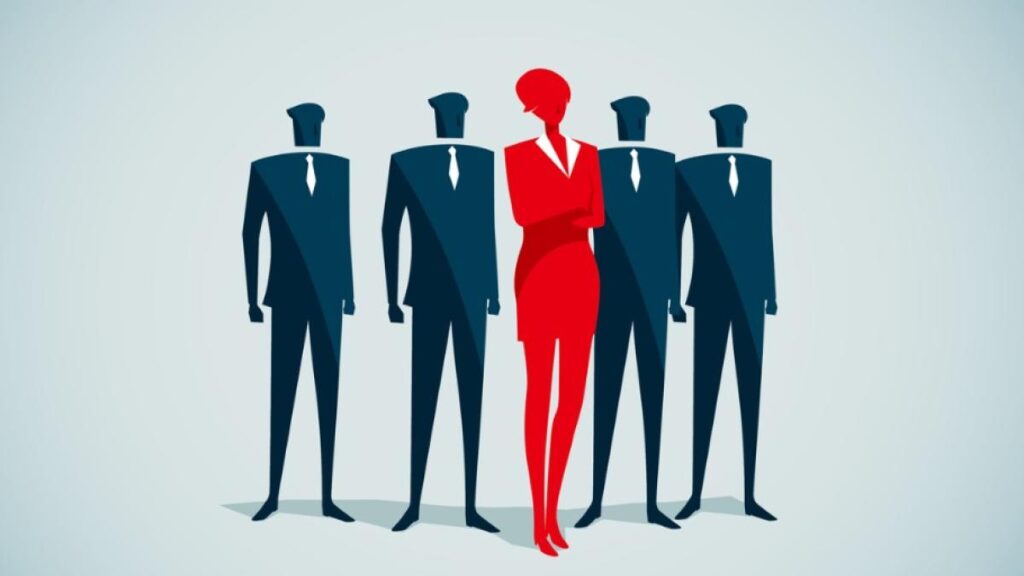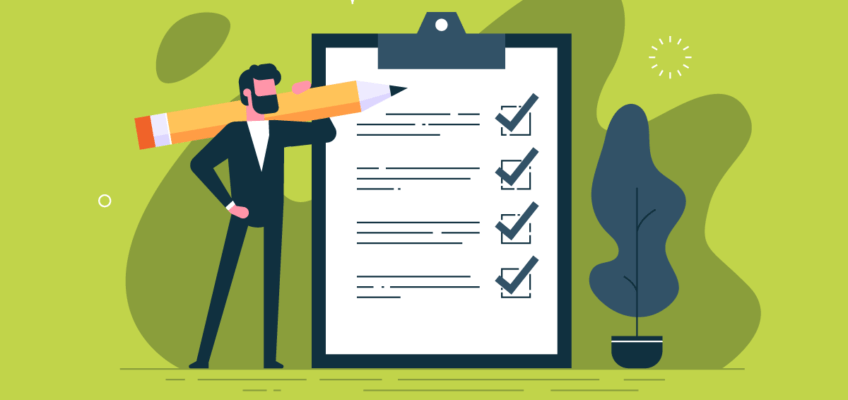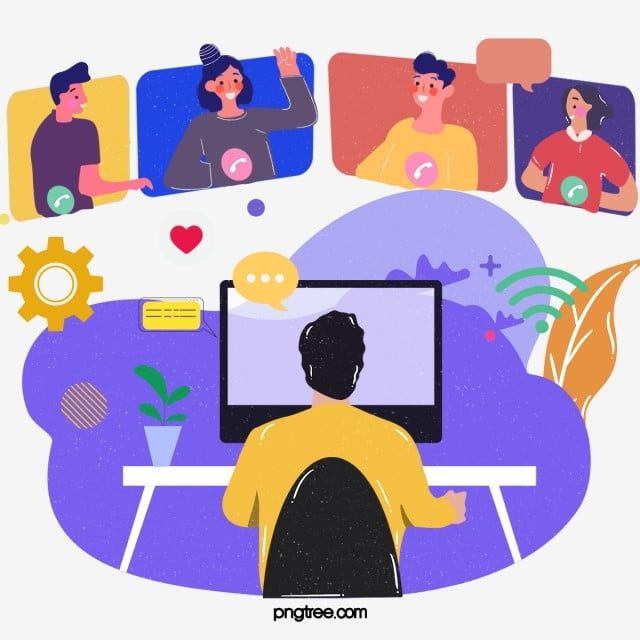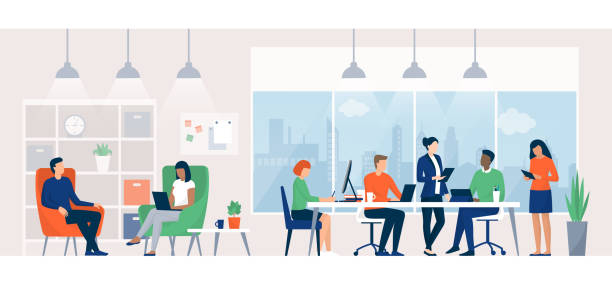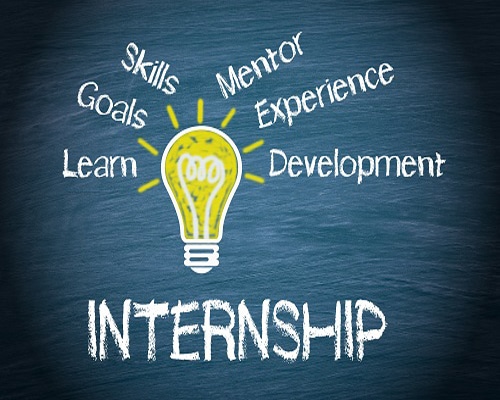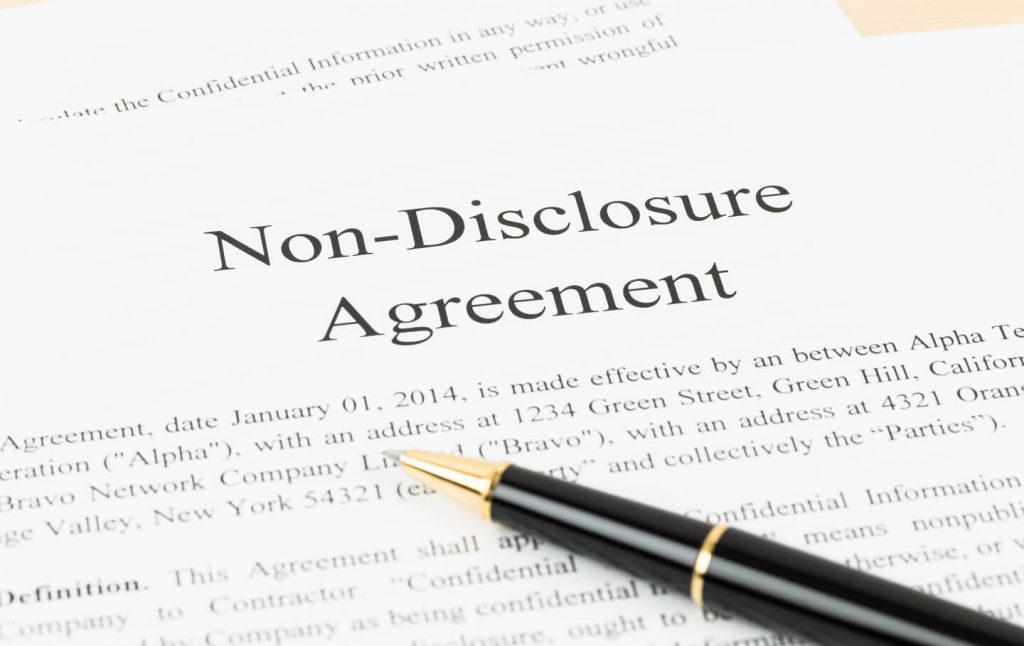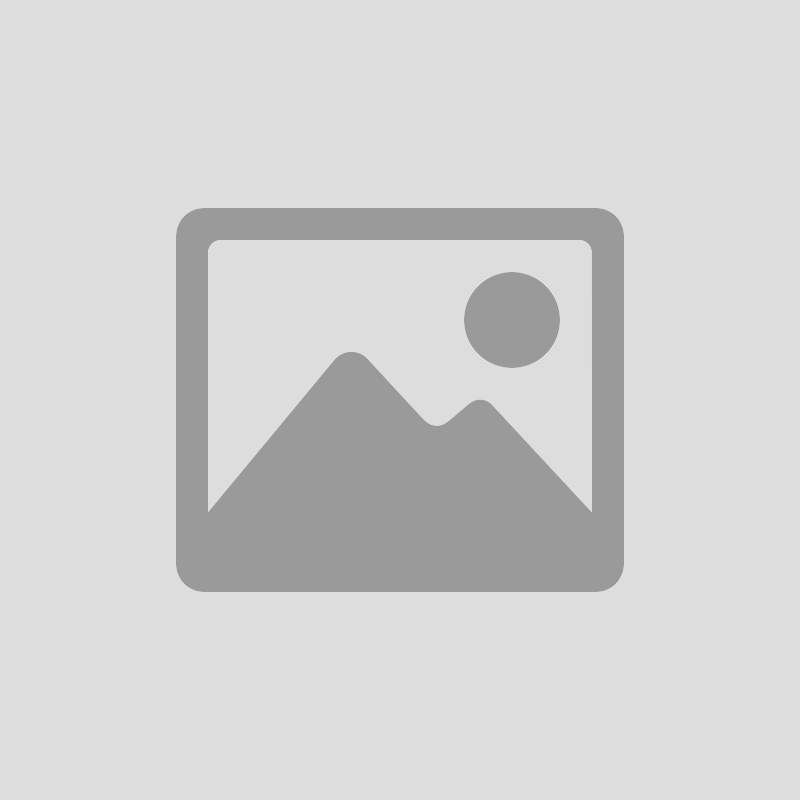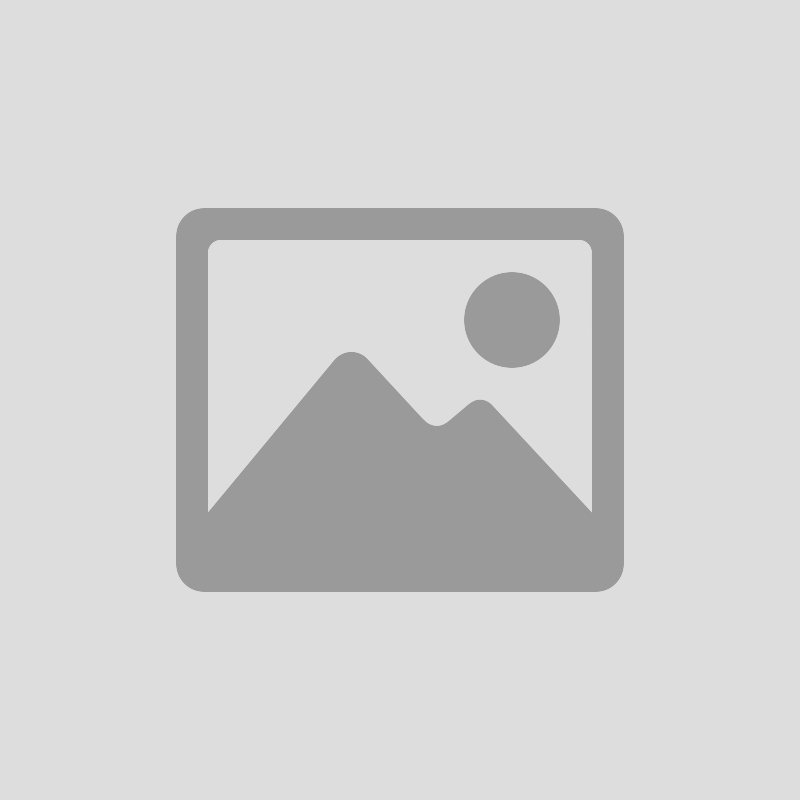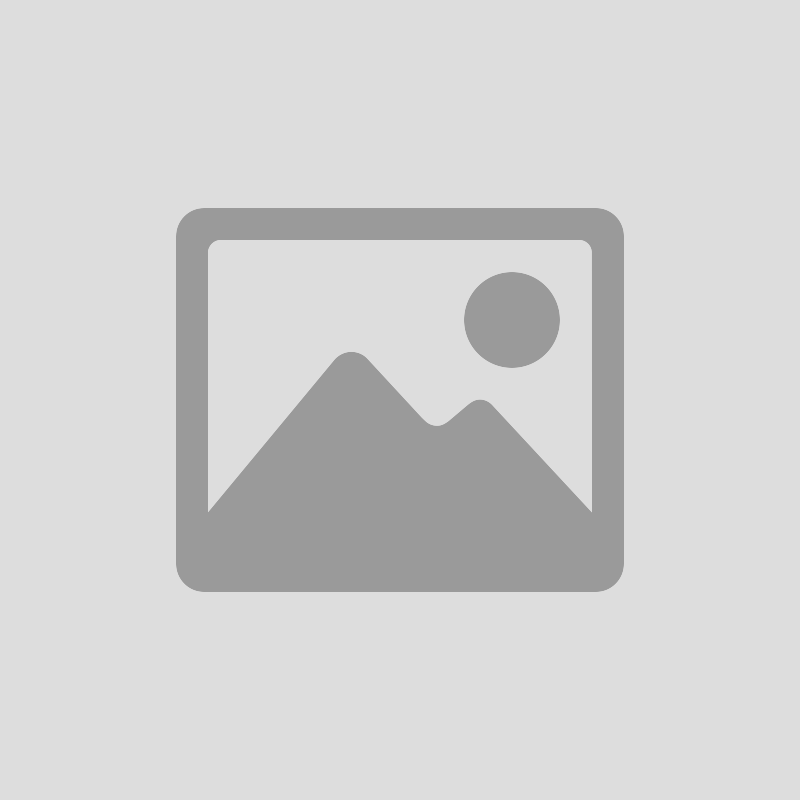One of the projects I worked on was an ideation for Anheuser-Bush. Usually, when we go through ideation my manager will give us the brief and we would go over it two times before coming up with any ideas. My partner and I will set up a meeting/brainstorming meeting to share our ideas with each other. For this specific project, we wanted to focus on the “raw conversation between your past and present self”. After going through different ideas and refining them we settled on one idea that would use a social app (BeReal) to foster conversations.

The most important thing I learned throughout the internship and being on a different project is to stay updated on trends and news. Before working on this project I wasn’t aware of the BeReal app and after doing research on what was trending, I was able to see the importance of keeping up with current news/trends.

